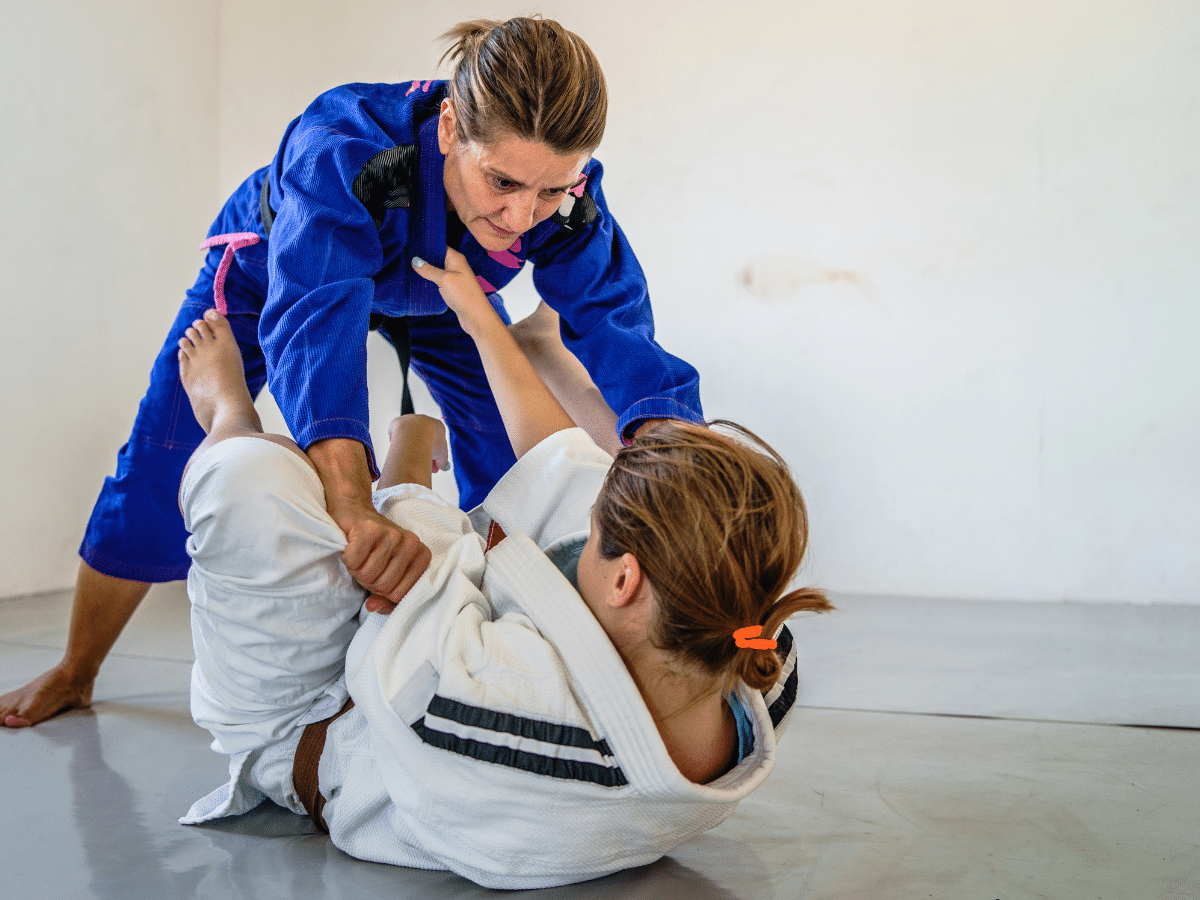

Essential Guard Pass Drills for BJJ Success
Are you interested in learning Jiu Jitsu but feel overwhelmed by the complexity of the moves? Don’t worry; everyone starts as a beginner. Jiu Jitsu is a martial art that focuses on grappling and ground fighting, and it can be a highly effective form of self-defense. The good news is that there are plenty of beginner techniques that you can start with to build a solid foundation in Jiu Jitsu.
In this article, I will guide you through some essential guard pass drills that are perfect for beginners. Whether you’re brand new to the sport or have some experience but want to brush up on the basics, these techniques will help you develop your skills and improve your overall understanding of Jiu Jitsu. By mastering these foundational guard pass BJJ moves, you’ll be well on your way to becoming a competent Jiu Jitsu practitioner.
So, if you’re ready to dive into the world of Jiu Jitsu and start learning some beginner techniques, keep reading. Whether you want to improve your self-defense skills or challenge yourself physically and mentally, Jiu Jitsu is a martial art with countless benefits. With the proper guidance and practice, you’ll soon find yourself executing these moves confidently and precisely.
Fundamental Techniques
Building a solid foundation in Brazilian Jiu-Jitsu (BJJ) involves learning fundamental techniques that cover various aspects of the art, including positions, escapes, submissions, and transitions. Here’s a list of essential BJJ moves to help you establish a strong foundation:
1. Closed Guard:
– Break and Posture Control: Learn how to break an opponent’s posture and maintain control from the closed guard.
– Basic Armbar and Triangle Chokes: These are fundamental submissions from the closed guard.
2. Mount Position:
– Maintaining Mount: Understand how to control the mount position.
– Cross Collar Choke and Armbar: Essential submissions from the mount.
3. Side Control:
– Establishing Side Control: Learn how to control and pin your opponent from side control.
– Americana and Kimura Locks: Basic submissions from side control.
4. Back Mount:
– Taking the Back: Understand how to secure the back position.
– Rear Naked Choke (RNC) and Collar Choke: Key submissions from the back.
5. Guard Passing:
– Knee Cut Pass: A fundamental guard pass used to slice through an opponent’s guard.
– Over-Under Pass: Another effective guard pass to navigate around the guard.
6. Escape Techniques:
– Shrimping: Essential for escaping bad positions.
– Bridge and Roll: A fundamental escape from the bottom.
7. Sweeps:
– Scissor Sweep: A classic sweep from the closed guard.
– Hip Bump Sweep: Effective for sweeping opponents from the bottom.
8. Takedowns:
– Single Leg and Double Leg Takedowns: Basic takedowns for bringing the fight to the ground.
– Pulling Guard: A strategic way to initiate the ground game.
9. Guard Types:
– Open Guard: Learn the basics of open guard variations, such as De La Riva, Spider Guard, and Butterfly Guard.
10. Drilling and Positional Sparring:
– Positional Drills: Regularly practice specific movements and positions to develop muscle memory.
– Flow Rolling: Engage in controlled sparring sessions to work on transitions and positional awareness.
11. Self-Defense Techniques:
– Basic Self-Defense Moves: Incorporate techniques that focus on real-world self-defense scenarios.
12. Maintaining Posture and Base:
– Posture in Guard Passing: Learn how to maintain a strong and balanced posture when passing the guard.
Focus on mastering these fundamental techniques before delving into more advanced moves. Regular drilling, live Sparring, and seeking guidance from experienced instructors will contribute to building a solid foundation in Brazilian Jiu-Jitsu. Remember that consistency and patience are vital in developing proficiency in these techniques.
Drills and Intense Sparring
Once you have a grasp on the basic Jiu Jitsu moves and how to pass guard, it’s time to start drilling and engaging in intense sparring. Regular practice will help you develop muscle memory and refine your skills. You can practice specific techniques with a partner or use positional drills to hone your understanding of each move.
Another way to improve your Jiu Jitsu skills is to engage in live sparring. This helps you better understand how your body works and the mechanics of each move. It’s essential to remain aware of what is happening during a sparring session to improve your defense, reflexes, and overall technique.
Form
Staying aware of your form is essential as you refine your Jiu Jitsu skills. Maintaining good posture and proper technique will help increase the effectiveness of each move. Pay close attention to how your body reacts in different positions and learn to use leverage and momentum to your advantage. Make sure that you understand the principles behind each move before attempting more complex techniques.
Remember, Jiu Jitsu is a journey and not a destination. With dedication and hard work, you can develop fundamental skills that will help you become a better martial artist.
Nutrition and Recovery
Proper nutrition is essential for any martial artist. Eating a balanced diet of fruits, vegetables, proteins, and carbohydrates will give your body the energy and nutrients needed to perform at peak levels. Make sure to get plenty of sleep to allow your muscles time to recover from intense training sessions. Additionally, consider supplementing with vitamins and minerals that can help support your immune system.
Learning basic Jiu Jitsu moves is the foundation for becoming a skilled martial artist. Regular drilling and sparring will help you refine your techniques and gain proficiency in each move. At the same time, remember to maintain proper form and focus on correct mechanics when performing each move. Remember, Jiu Jitsu is a journey and not a destination. With dedication and hard work, you can develop fundamental skills that will help you become a better martial artist.
Advertisements
Granite Bay Jiu Jitsu
RELATED POSTS










